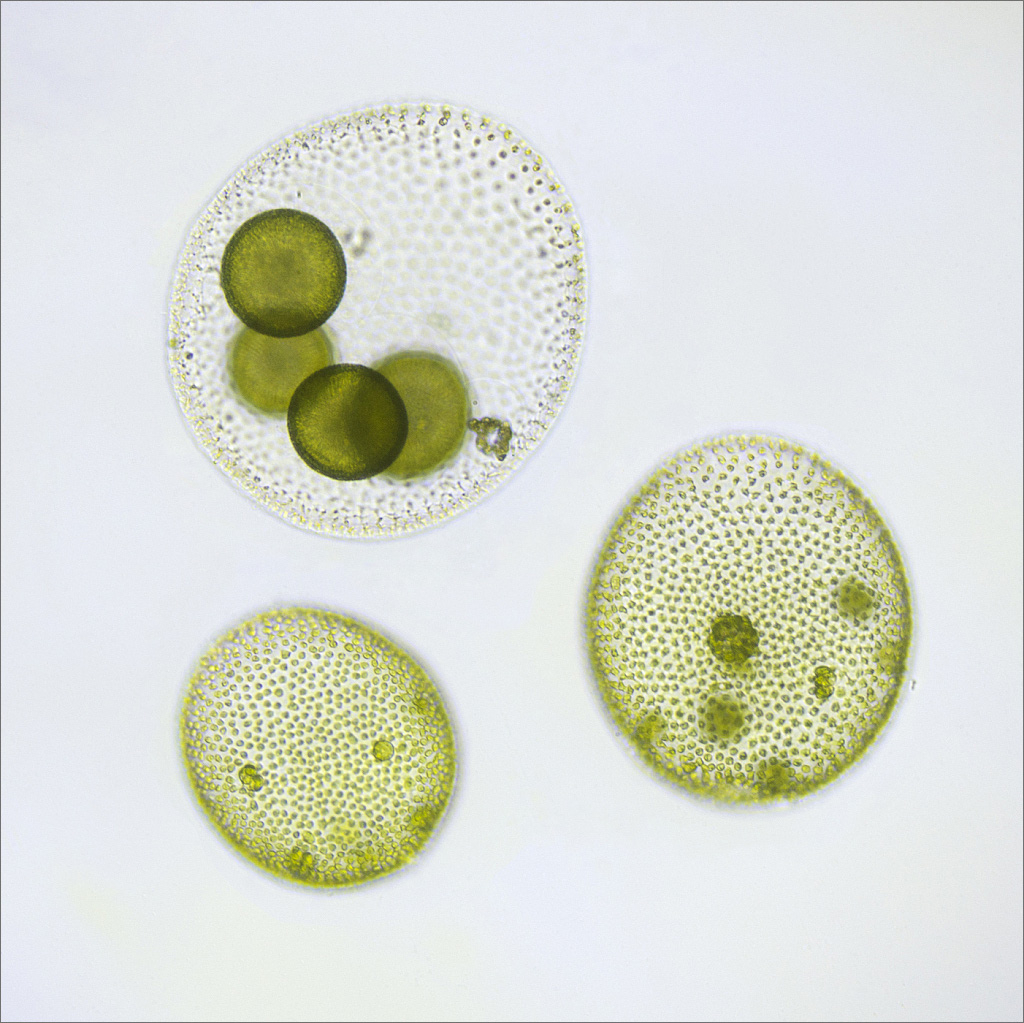
Algae under the microscope. /VCG Photo
Algae under the microscope. /VCG Photo
An international group of researchers has found that plant ancestors acquired genes from soil bacteria to adapt to harsh conditions on land and eventually evolve into land plants.
The movement of life from water to land is called terrestrialization. It is regarded as a pivotal event in the evolution and diversification of the land plants that changed the surface of Earth.
Researchers from China, Germany, Canada, France and Russia sequenced genomes of two algae species that live in damp places on land and are thought to be close relatives of plants.
Comparing the two genomes to plants and other algae, the researchers identified a total of 902 genes that are shared by the two algae species and plants, but not with algae species living in the water.
The researchers reported in the journal Cell that the shared genes were also found in soil bacteria, suggesting that a common ancestor of plants and the two algae living on land got the genes from soil microbes. The genes helped the ancestors to adapt to living on land.
The process is called horizontal gene transfer. It occurs between different species. The transfer of DNA from parent to child is called vertical gene transfer.
They said the research laid the groundwork for future studies to understand the underlying molecular mechanism and process of plant terrestrialization.
(Cover photo via VCG. Edited by Li Yujun.)
(If you want to contribute and have specific expertise, please contact us at nature@cgtn.com)
Source(s): Xinhua News Agency